Build yourself a Eurorack VCO with a $9 Raspberry Pi microcomputer
Modular artist and engineer HAGIWO’s latest Eurorack module is a Voltage Controlled Oscillator (VCO). It’sbuilt on the Raspberry Pi-based Seeed Xiao RP2040 and a handful of components.
RP2040 Eurorack VCO
This is HAGIWO’s 53rd project associated with their own custom-made modular synthesizer. Previous projects include a Sequencer, LFO, Clock Dividers, Envelopes, Wave folders, PCM sample players, Diode Ladder Distortions and far more besides. HAGIWO has kept a blog for each project and it’s become a fabulous resource for anyone interested in building their own modular synthesizer.
But what attracted me to this particular project was how simple it was in harnessing the power of the RP2040 with some simple components that made it look like anyone could do it. And maybe we can.
The Raspberry Pi in question is the Seeed XIAO RP2040 microcontroller board. It has one over on the Pi Pico by having four AD converters rather than three. The oscillator is digital and HAGIWO has incorporated the ability to wave fold and use FM and AM modulations internally. So you do not have to plug other oscillators into it. Instead, you use the digital waveforms hiding out in the wavetable to cross-modulate through the source code. Do we need to know what that means? Not really, because the code is all there ready for us.
VCO Module DIY
The module incorporates an octave switch, a mode switch for the three modes of Wavefold, FM and AM, and a push-button for stepping through 8 waveforms for each mode. You have a modulation depth control which brings in some hard-wired tonal changes. Consequently, for FM, this means soft and industrial clanging, AM mode is all about metallic sounds, whereas Wavefold mode can offer basic tones and overtones.
Component costs are just a couple of potentiometers, a handful of resistors, an MPC6232 op-amp, capacitors and connections. The design includes a low pass filter to help keep the noise from the audio outputs under control. In other words, it sounds pretty good – check out the video below.
HAGIWO supplies all the links you need for the build, the source code and how to program the RP2040. They’ve done an excellent job, and although it’s all in Japanese, Google Translate does it nicely. HAGIWO’s modular is looking fantastic, and I’m going to spend an afternoon browsing the other projects in the series and tempting myself to have a go.
- HAGIWO website.
You are currently viewing a placeholder content from YouTube. To access the actual content, click the button below. Please note that doing so will share data with third-party providers.
2 responses to “Build yourself a Eurorack VCO with a $9 Raspberry Pi microcomputer”

 4,8 / 5,0 |
4,8 / 5,0 | 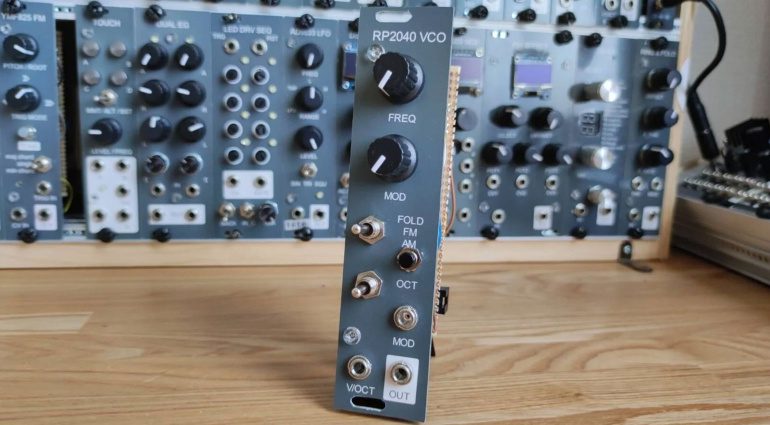
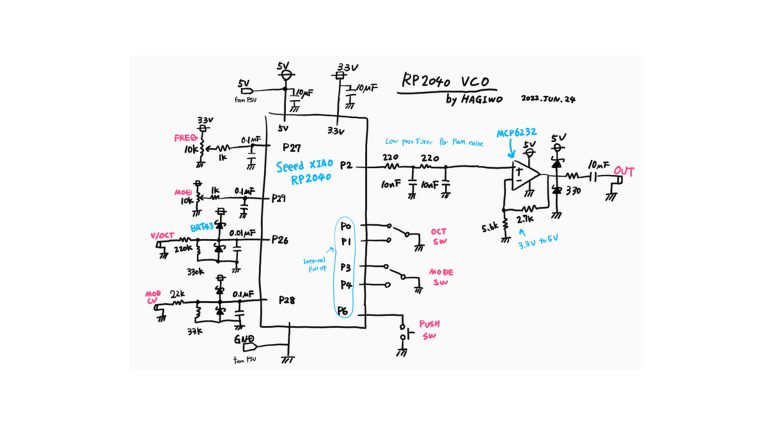


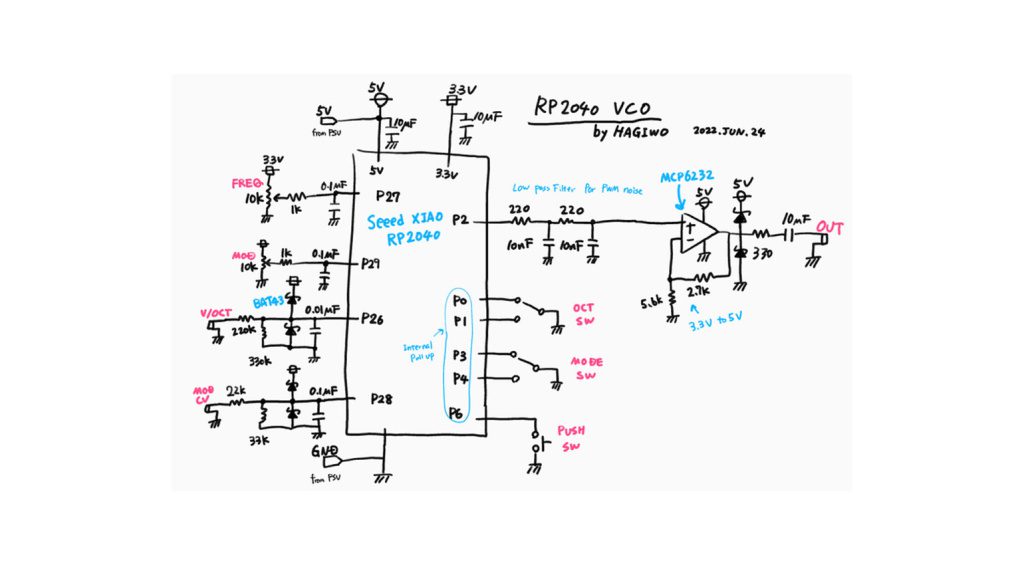
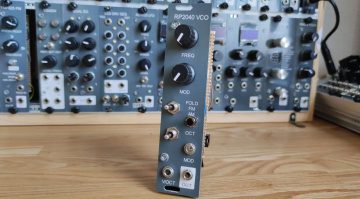

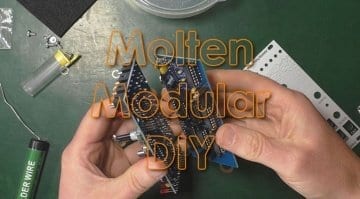
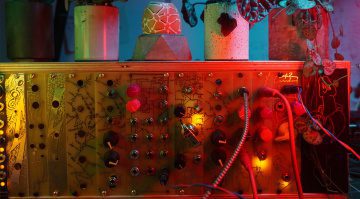
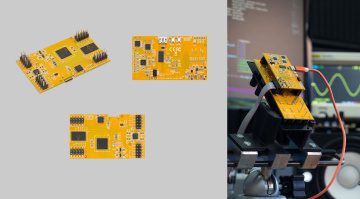
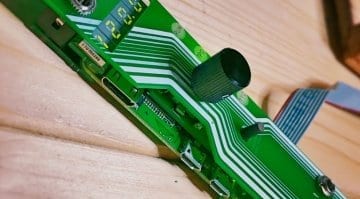
Currently there is a big shortage for raspberries.
Do good luck to build that soon. Or maybe buy it from a scalper
If you google “Seeed Xiao RP2040” you’ll find them in stock everywhere. 6 quid from ThePiHut.com, in stock and ready to ship so I don’t think you’ve got that quite right.